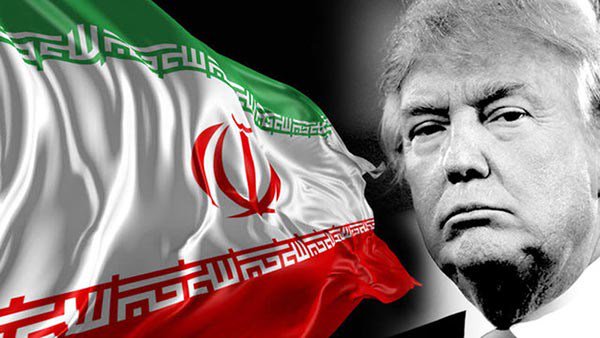Why the US should be concerned over Iran’s game in Syria
Michael Young/The National/June 16/17
Events in Syria have moved quickly in recent weeks, as both regional and international powers manoeuvre to improve their leverage. More than before, the conflict has become an open competition among outside powers to define Syria’s future while preventing others from doing so.
Recently, the United States and Russia have been engaged in a dialogue in Jordan to establish a de-confliction zone in south-west Syria. Such a zone would cover Deraa governorate, which borders Jordan, and Quneitra, which abuts the Israeli-occupied Golan Heights. This could neutralise efforts by Iran and the Syrian government to extend their power to these areas, so both have sought ways of undermining any US-Russian deal, even if Russia’s role remains equivocal.
Last Friday, the Syrian regime and Iranian-backed Shiite forces opened a passage between Syria and Iraq. The impact of the move was nebulous because the ability of those forces to hold their positions is uncertain. Yet it was above all an Iranian riposte to efforts by the United States to prevent pro-Iran groups in Syria from establishing a land link with Iraq, and beyond that with Iran.
The Trump administration regards the opening of such a land passage as facilitating Iran’s ability to send troops and weapons to areas alongside territory controlled by Israel, but also near Jordan, a key US ally. The struggle over eastern Syria and over Deraa and Quneitra in the south is part of a larger battle for regional sway and who will get to define the endgame in Syria, and especially the country’s long-term alignments.
That is why the prospect of a de-confliction zone in southern Syria is so disturbing for Tehran. Any US-Russian deal to impose such a zone would happen outside the Astana negotiating process, which the Russians have sponsored and which includes Iran. But how far is Moscow willing to go to block Iranian efforts in southern Syria?
Not surprisingly, the Russians have sent mixed signals, as they have many times before in Syria. Even as they talk to the Americans, they appear to be supporting a Syrian regime offensive in Deraa, backed by Iran, a move widely interpreted as an effort to undermine the plan for a de-confliction zone.
Two weeks ago, a military column flying Russian flags entered Deraa, though it was not determined whether Russian personnel were present. However, it was difficult not to read the move as Russian endorsement of the Syrian regime’s military actions in the city. Less ambiguously, the Russians never stopped assisting regime and pro-Iran forces involved in opening the road to Iraq.
The Russians seem to be applying the rule that if you succeed once, try again. They have repeatedly appeared to fool the Americans into believing that there are real differences between them and Iran, only to invariably come down on the Iranian side and that of the Syrian regime. This seems to be true in southern Syria. Perhaps Moscow feels that it simply does not have the means to oppose Tehran and would only lose out politically if it tried.
The only thing that would change this is for the Trump administration to impose red lines that it would be willing to defend militarily. The US has done so to a limited extent around Tanf, a border crossing near the Syrian-Iraqi border where US special forces are located. However, until now it has not sought to dislodge the pro-Iran forces that circumvented Tanf to open a road to Iraq. That move effectively blocked any US effort to use the Syrians it is training to spearhead an offensive against Albukamal, Mayadin, and Deir Ez Zor, all controlled by ISIL.
The Iranians fear that such an offensive would allow the Americans to control the border area with Iraq, denying them the latitude to arm and reinforce their own allies in Syria and Lebanon.
Dislodging Iran and its followers from the border would represent a major escalation of the US role in Syria, which president Donald Trump has shown no indication of wanting to do. The administration has spoken of its desire to contain Iran in the Middle East, but has failed to say how far it would be prepared to go. If Mr Trump’s actions after the Khan Sheikhoun chemical attack last April are any indication, the president is unwilling to go far.
Some newspapers have suggested, more conspiratorially, that if the pro-Iran militants were able to go around the US position at Tanf without hindrance and reach the Iraqi border, then this must have been the result of a deal between Washington and Moscow. Amid the duplicity in Syria everything is possible, though the evidence for it is thin.
However, one thing is true: Syria means much more to Iran than it does to Russia or the United States. This reality will continue to define the dynamics in the country for some time to come. It does not hold promise for the eventual stability of Syria, even once the war there ends.
**Michael Young is a writer and editor in Beirut






















